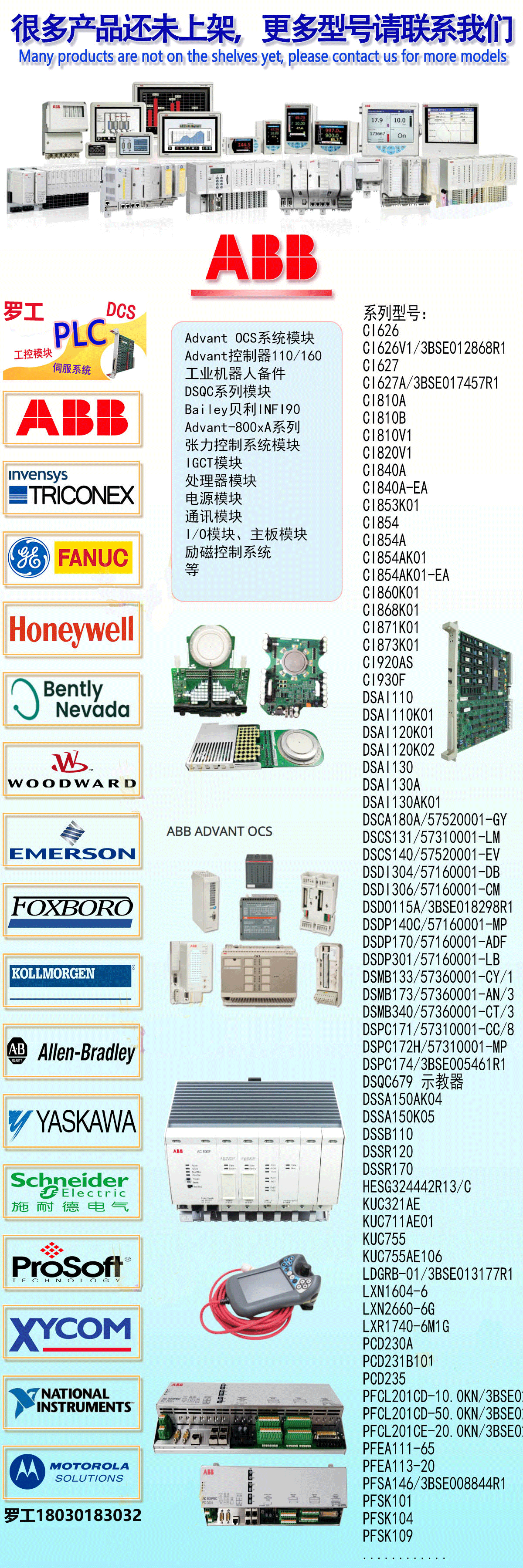



半导体应用材料是半导体产业中不可或缺的基础,它们在集成电路(IC)、太阳能电池、光电子器件、传感器等领域发挥着关键作用。这些材料通常具有介于导体和绝缘体之间的电导率,能够通过掺杂、热处理等工艺手段调控其导电性能。
半导体应用材料大致可以分为以下几类:
半导体晶体材料:如硅(Si)、锗(Ge)等,是集成电路制造中最常用的基础材料。它们具有优异的电学性能和机械稳定性,是构建晶体管、二极管等电子元件的基石。
化合物半导体材料:如砷化镓(GaAs)、氮化镓(GaN)、磷化铟(InP)等,这些材料具有更高的电子迁移率和更宽的禁带宽度,适用于高频、高速、大功率及光电子器件的制造。
绝缘体材料:在半导体器件中,绝缘体材料(如二氧化硅SiO₂)通常用作介电层,起到隔离和保护的作用。
金属材料:在半导体工艺中,金属材料(如铝Al、铜Cu)被用作互连线,以实现电路元件之间的电连接。
特殊功能材料:如石墨烯、碳纳米管、二维材料等,这些新型材料具有独特的物理和化学性质,为半导体技术的发展提供了新的可能性和方向。
虽然无法直接确定LAM 839-019090-611的具体性质和用途,但根据半导体应用材料的广泛性和多样性,可以推测它可能属于以下某个或某些领域:
半导体应用材料是半导体产业技术创新和产业升级的重要支撑。随着科技的不断发展,对半导体材料性能的要求越来越高,新材料、新技术的不断涌现为半导体产业的发展注入了新的活力。因此,对于LAM 839-019090-611这样的半导体应用材料,了解其性质、用途及重要性对于推动相关领域的技术进步和产业发展具有重要意义。


1、 Overview of Semiconductor Application Materials
Semiconductor application materials are an indispensable foundation in the semiconductor industry, playing a key role in integrated circuits (ICs), solar cells, optoelectronic devices, sensors, and other fields. These materials typically have conductivity between conductors and insulators, and their conductivity can be controlled through processes such as doping and heat treatment.
2、 Classification of Semiconductor Application Materials
Semiconductor application materials can be roughly divided into the following categories:
Semiconductor crystal materials, such as silicon (Si), germanium (Ge), etc., are the most commonly used basic materials in integrated circuit manufacturing. They have excellent electrical properties and mechanical stability, and are the cornerstone of building electronic components such as transistors and diodes.
Compound semiconductor materials, such as gallium arsenide (GaAs), gallium nitride (GaN), indium phosphide (InP), etc., have higher electron mobility and wider bandgap, making them suitable for the manufacturing of high-frequency, high-speed, high-power, and optoelectronic devices.
Insulator material: In semiconductor devices, insulator materials (such as silicon dioxide SiO ₂) are commonly used as dielectric layers to provide isolation and protection.
Metal materials: In semiconductor technology, metal materials such as aluminum (Al) and copper (Cu) are used as interconnects to achieve electrical connections between circuit components.
Special functional materials, such as graphene, carbon nanotubes, two-dimensional materials, etc., have unique physical and chemical properties, providing new possibilities and directions for the development of semiconductor technology.
3、 Possible fields involved in LAM 839-019090-611
Although the specific properties and uses of LAM 839-019090-611 cannot be directly determined, based on the wide range and diversity of semiconductor application materials, it can be inferred that it may belong to one or some of the following fields:
Integrated circuit manufacturing: as a key material or component in the chip manufacturing process.
Optoelectronic devices: Special materials used in the manufacturing of optoelectronic devices such as lasers and detectors.
Sensor technology: used as sensitive components or auxiliary materials in sensor manufacturing.
Research on new semiconductor materials: It may be the result of the development of a new semiconductor material or related technology.
4、 The Importance of Semiconductor Application Materials
Semiconductor application materials are an important support for technological innovation and industrial upgrading in the semiconductor industry. With the continuous development of technology, the requirements for the performance of semiconductor materials are becoming increasingly high. The continuous emergence of new materials and technologies has injected new vitality into the development of the semiconductor industry. Therefore, understanding the properties, applications, and importance of semiconductor application materials such as LAM 839-019090-611 is of great significance for promoting technological progress and industrial development in related fields.



18030183032


